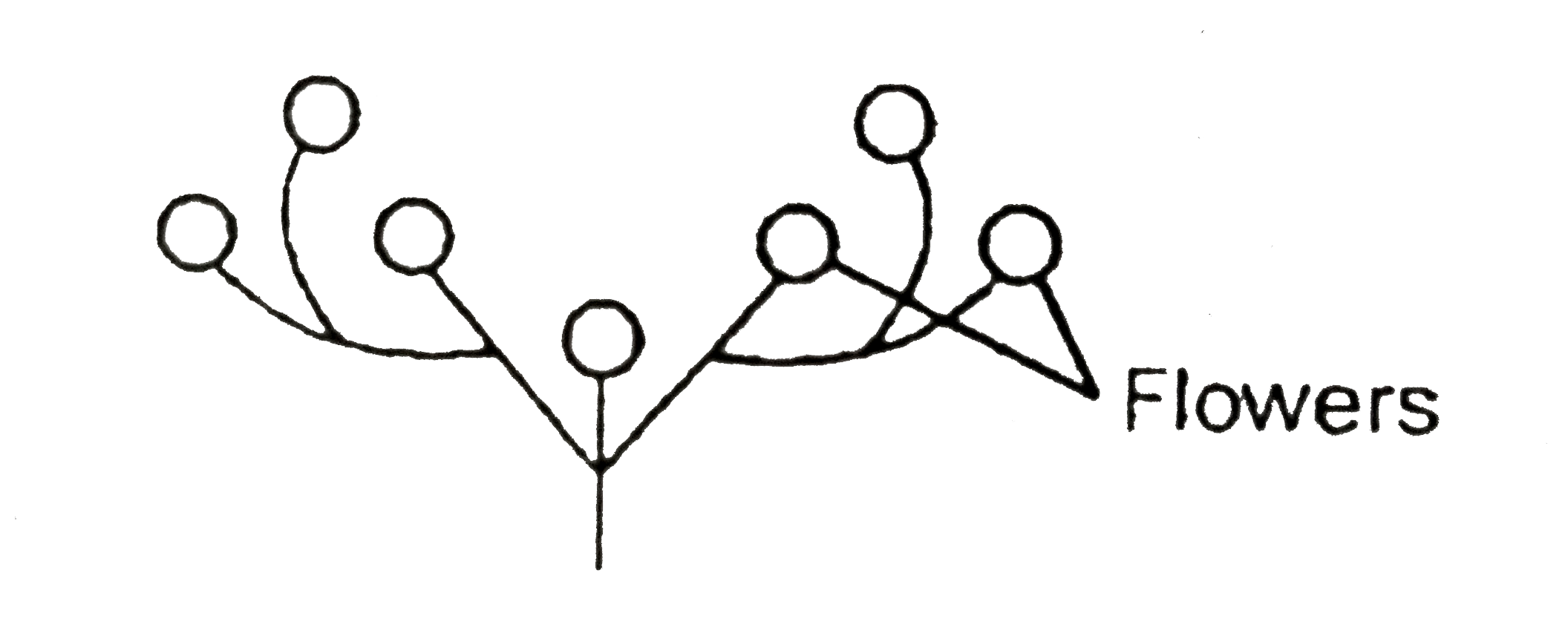Complete Solutions to SECTION-B OBJECTIVE TYPE QUESTIONS of chapter MORPHOLOGY OF FLOWERING PLANTS of Class 12 book with complete answers and questions
| Class 12 | BIOLOGY |
| Chapter | MORPHOLOGY OF FLOWERING PLANTS |
| AAKASH INSTITUTE | SECTION-B OBJECTIVE TYPE QUESTIONS |
| Number Of Questions | 35 |
| Academic Year | 2023-24 |
The origin of root hairs and lateral roots is , respectively ,
View SolutionFind odd one w.r.t. radicle leaves
View SolutionCussuta, Viscum and Orobanche are similar in having
View SolutionMatch the following

View SolutionStem modified into green, flattened branches of unlimited growth for assimilatory function is
View SolutionLeafless stem of onion which produces cluster of terminal flowers is called
View SolutionWhich is not a modification of stem ?
View SolutionReticulate venation is the feature of dicots but some monocots also exhibits this venation . The one following this type of vennation is
View SolutionThorns, spines and prickles work as ___ in plants .
View SolutionLeaflet tendril and entire leaf tendril are found in respectively.
View SolutionSelect an incorrect match
View SolutionWhich of the following is not the modification of leaf?
View SolutionSelect a correct set.
View SolutionInflorescence with thick , fleshy axis and large-colored bract is
View SolutionBisexual sessile and bracteates flowers developing acropetally in
View SolutionWhich kind of inflorescence is shown in the figure given below?

View SolutionFind the odd one (w.r.t. inflorescence axis elongation)
View SolutionThe type of inflorescence characterized by having dimorphic flower is
View SolutionIn Head or Capitulum inflorescence
View SolutionMonoadelphous condition and pentacarpellary ovary are present in
View SolutionA. Citrus and Ricinus have synandrous condition.
B. In epitepalous condition, the cohesion occurs between tepal and filament of stamen.
C. Tetradynamous condition consists of two long and four short stamen filaments.
View SolutionPresence of staminode is characteristic feature of
View SolutionMatch the following
`{:("Column I","Column II"),("a.Amphisarca","(i)Aegle"),("b.Pepo","(ii)Cucumis"),("c.Drupe","(iii)Ananas"),("d.Sorosis","(iv)Juglans"):}`
View SolutionFind incorrect matching
View SolutionMost common fruits of fabaceae and brassicaceae are respectively
View SolutionIn Coriandrum, the prolongation of thalamus beyond the carpel is called as
View SolutionA dry dehiscent fruit which develops from multicarpellary, syncarpous superior ovary with axile placentation, is
View SolutionScutellum is a
View SolutionThere are given some plants below , select among the options that, to how many families they belong? Plants are-Crotolaria, Atropa, Solanum, Arachis, Bambusa and Chrysanthemum
View SolutionFloral formula

represents which one of the following groups of family ?
View SolutionFind correct match

View SolutionFind out a set of common `N_(2)` fixing fodder plants
View SolutionFamily fabaceae is concerned with
View SolutionButterfly shapped corolla, monocarpellary ovary and zygomorphic flowers are found in family
View SolutionMost primitive and advanced families of dicots are respectively
View Solution
SECTION-B OBJECTIVE TYPE QUESTIONS questions and complete solutions for chapter MORPHOLOGY OF FLOWERING PLANTS of BIOLOGY (ZOOLOGY + BOTANY) of Class 12